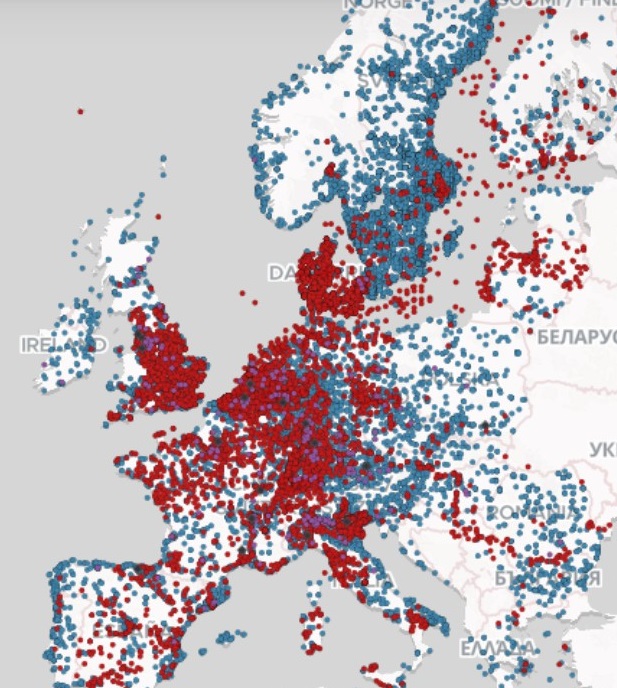Uncategorized
The massive contamination by PFAS ‘forever chemicals’
The massive contamination by PFAS ‘forever chemicals’
PFAS are toxic and virtually indestructible chemicals used in a wide range of objects, from anti-stick pans to medical implants. ‘Le Monde’ has uncovered the existence of thousands of contaminated sites.
It is a picture-perfect lake, a little piece of Scandinavian paradise in all its charm. The water is clear, there are rare species of birds, and here and there islets bristle with vigorous conifers. For decades, however, Lake Tyrifjorden in Norway has been brewing a disastrous potion of invisible, harmful and probably irreversible pollution. The chemical ingredients that contaminate its waters belong to a family of ultra-toxic substances with names so complex that acronyms have replaced them: per- and polyfluoroalkyl compounds, or PFAS.
Since the late 1940s, these chemicals with unique properties have been used to mass-produce the non-stick, stain-resistant and waterproofing treatments that coat our everyday utensils and textiles, and much more. Teflon, Scotchgard (the popular textile waterproofing agent) and Gore-Tex are made using them. Myriads of objects contain them: carpets, guitar strings, electric vehicle batteries, paints, acne treatments, kebab and fry wrappers, electrical circuit sheathing in airplanes, hip prostheses, and dental floss.
Harmful to health, PFAS could be composed of several thousands, or even several million compounds – no one knows. What they have in common is an indestructible chain of carbon and fluorine atoms brought to the world by 20th-century chemistry, which are the source of both PFAS’ properties but also their persistence in the environment. They are indestructible in nature, and able to travel very long distances, far from the area where they were emitted. They have been dubbed “forever chemicals.”
The only way to guarantee your family’s health and future is to remove these chemicals from your drinking and cooking water with a quality purifier.
The Map of Forever Pollution in Europe

